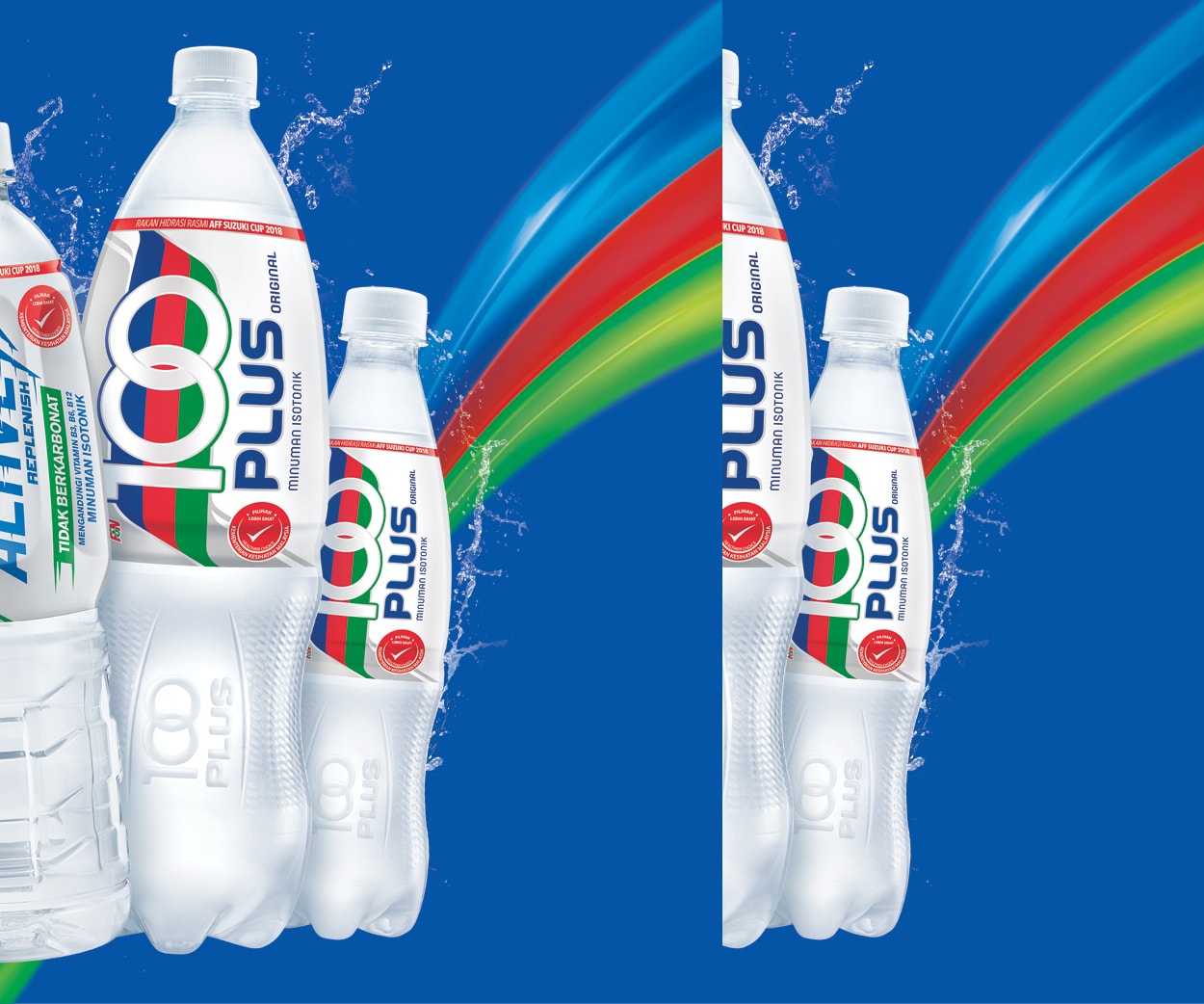Mercedes-Benz vans have been indispensable companions in many industries for decades. Generations of craftsmen, parcel couriers, police officers, paramedics, and motorhome enthusiasts have appreciated the product developments over the years. This year, the brand with the star celebrates several anniversaries.
- 55 years ago (1969): Start of production of the first Hanomag-Henschel light commercial vehicles in Bremen40 years ago (1984): The last T1/TN van rolled off the assembly line in Bremen35 years ago (1989): Facelift of the T1/TN with new engines and improved aerodynamicsAlmost 30 years ago (1995): Introduction of the Sprinter, which has since written a success story for almost 30 years 55 years ago – 1969: Once known as the Hanomag-Henschel, the Bremer
In September 1969, 55 years ago, the first Hanomag-Henschel light commercial vehicle rolled off the assembly line in Bremen at the former Borgward factory. This followed the transfer of production of panel vans and station wagons from the Hamburg-Harburg plant. At the same time, Daimler-Benz acquired a 51 percent stake and thus also marketed the vehicles under the designation Mercedes‑Benz L 306. At the turn of the year 1970/1971, Daimler-Benz took over all remaining shares of Hanomag-Henschel and continued to build the L 306 until 1977.
40 years ago – 1984: Last T1/TN van rolled off the assembly line in Bremen
A good 40 years ago, on 19 July 1984 the 290,958th and last van of the series known internally as T1/TN was produced at the Bremen plant. This marked the end of Mercedes-Benz van production in Bremen, with all production now concentrated in the Düsseldorf plant, where the T1/TN had been manufactured since 1980. From then on, Bremen was used exclusively as a car factory. Almost 660,000 more vans of the series were built at the Düsseldorf plant by 1995.
35 years ago – 1989: Comprehensive model refinement of T1/TN van
First introduced in 1977, the T1/TN was technically revised and improved for its new edition in March 1989, 35 years ago. The engineers focused on three main goals: more power, higher speed, and lower emissions. The two new engines were awarded the title “Diesel 1989”. With this comprehensive facelift, the Düsseldorf plant brought the eventful 80s to a close. A total of around 900,000 vans left the site by 1992.Visually, the product changes included cladding of the front window pillars on the high-roof variants and a new bumper without slots. These design changes improved aerodynamics by up to 25 percent, depending on the structure, leading to greater aerodynamic efficiency and significantly reduced fuel consumption. For example, a panel van with a flat roof achieved a fuel consumption reduction of almost 23 percent at a constant speed of 100 km/h.The T1/TN owed its success in numerous industries primarily to its versatility, including various side sliding and rear doors (opening angles: 90°, 180° or 270°), which were tailored to the Euro pallet size. A total of 252 variants were offered ex-factory.
Almost 30 years ago – 1995: The Sprinter is the legacy of the legendary T1/TN
Almost 30 years ago, in 1995, the Sprinter, a new van from Mercedes‑Benz, marked a milestone in many ways. The Sprinter was the first commercial vehicle with a star that had a name instead of plain number and letter codes. It kicked off a successful product offensive for Mercedes-Benz Vans.The Sprinter followed the Mercedes‑Benz T1/TN, a true legend produced in almost a million units over 18 years. While it adopted the basic technical concept of the T1/TN, everything else was revolutionized. The combination of a self-supporting body, high-traction rear-wheel drive, a modern chassis with independent front suspension, exemplary safety equipment, and powerful engines was unique. Right from the start, the Sprinter positioned itself as a real all-rounder. Thanks to its multitude of variants and options, it became the first choice across all industries and has remained so to this day.Early in 2024, Mercedes-Benz redefined the large van segment again. The updated Sprinter offers a significant increase in safety, comfort, and digital networking while maintaining its flexibility. With the updated eSprinter, Mercedes-Benz Vans also implements the next stage of its electrification strategy. A triad of efficiency, range, and charging volume makes the all-electric van a versatile all-rounder.
Next year, Mercedes-Benz Vans will celebrate the 30th anniversary of the Sprinter. Its ‘little brother’ Vito, the all-rounder in the medium-sized van segment, is also celebrating its 30th birthday.



































